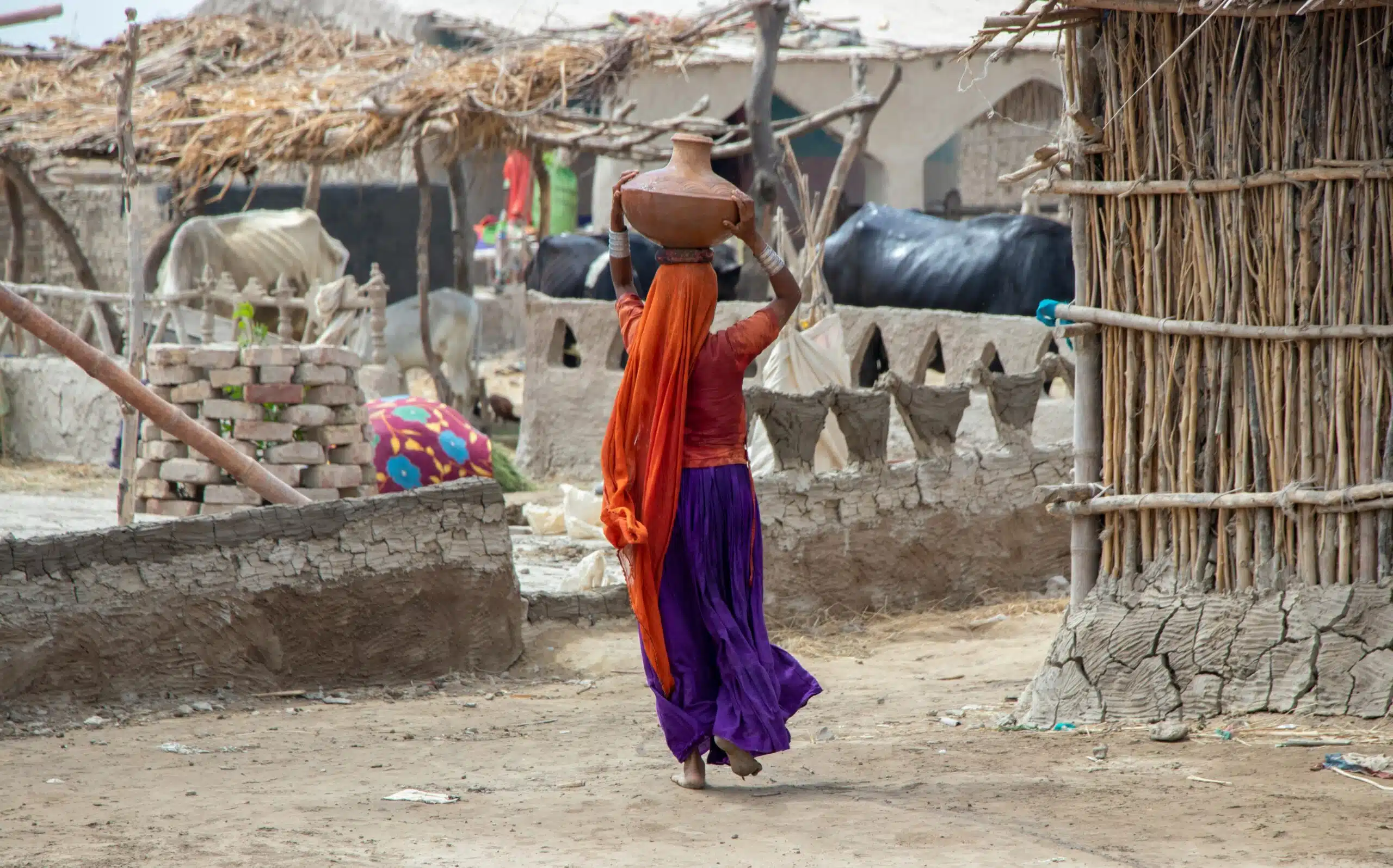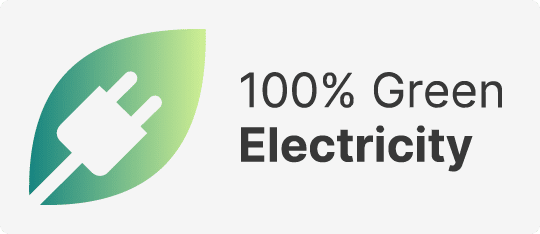Exploring disaster risk financing for Central Asia
The Central Asia Regional Economic Cooperation (CAREC) programme promotes economic growth and resilience across the region, including strategies to manage financial risks from disasters. One approach under consideration is disaster risk financing, which enables countries to transfer a portion of their financial risk to the private sector through reinsurance mechanisms.
Sovereign risk pools have been successfully implemented in other regions, spreading risk across multiple countries much like domestic insurance policies support individuals. This project explored how similar financial protection mechanisms could be applied in Central Asia, covering: Azerbaijan, Georgia, Kazakhstan, Kyrgyz Republic, People’s Republic of China (Autonomous Regions of Inner Mongolia and Xinjiang Uygur), Mongolia, Pakistan, Tajikistan, Turkmenistan and Uzbekistan.

